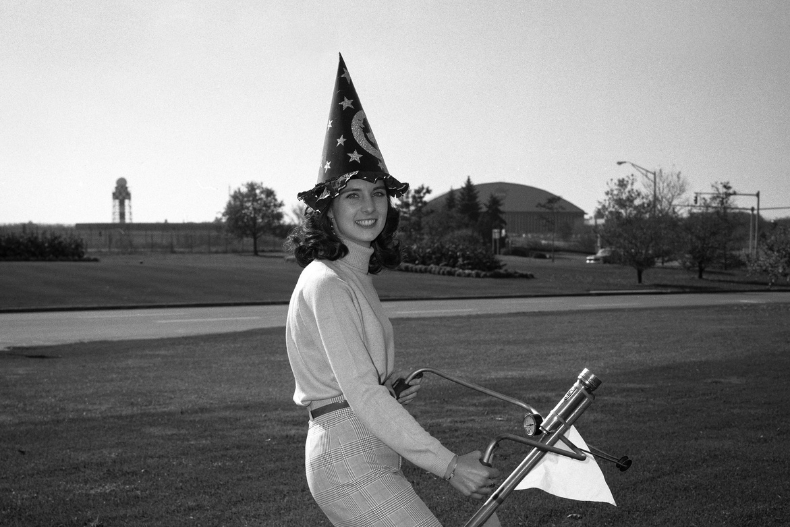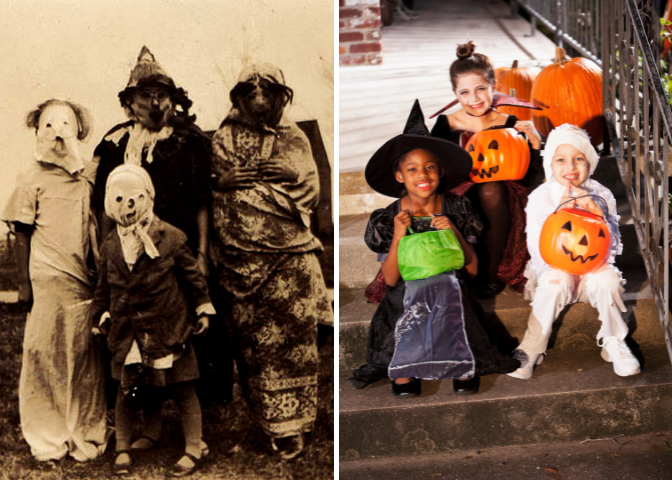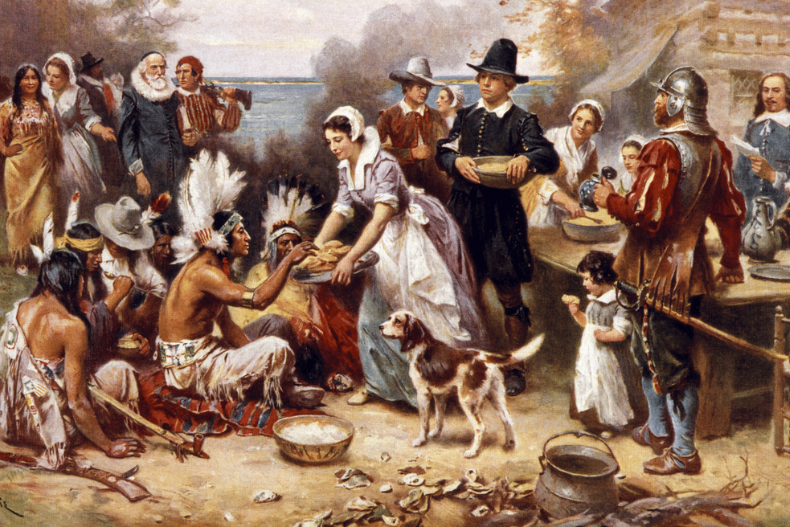Mi a Halloween?—Let’s learn about Halloween!

Honnan származik és miért olyan népszerű a Halloween az angolszász országokban, különösen az Egyesült Államokban? A következő szövegértési feladatban rengeteg mindent megtudhatsz erről az ünnepről.
Halloween is a time of celebration and superstition, as it is said to be time of the year when the gate between the living world and the world of spirits opens. It is celebrated on October 31, and it is a very popular holiday in English speaking countries, especially the United States.
Origins
Halloween originates from the ancient Celtic celebration of Samhain in Ireland. Celtic people celebrated the day of Samhain on 1 November. They celebrated the end of the harvest season and the beginning of the winter. They wore costumes to blend in with the spirits who were thought to visit the living world at this time, and lighted bonfires and lanterns for protection and cleansing. Some of these customs still continue to be part of the Halloween celebrations.

Costumes
The earliest records of disguise as part of the Samhain celebrations dates back to the sixteenth century. It was believed that the masks and fancy dresses (not too fancy back then, I’m afraid) scare the spirits away or make them believe that the people wearing the costumes were ghosts, too. Nowadays people dress up as witches, vampires, superheroes, fairies and other characters at Halloween, and it is a big part of the trick-or-treating events.
At the beginning of the 20th century children’s Halloween costumes were very different from the cute and pretty costumes of today:

Trick-or-Treating
Trick-or-treating also has its roots in the ancient Samhain celebrations. People went around to ask for food and also fuel for their bonfires and lanterns.
However, trick-or-treating, as we know it today, probably dates back to the early All Souls’ Day parades in England. Poor people and children went around their neighbourhood singing and saying prayers for the families and dead relatives. In return, people gave them “soul cakes”.

Jack-o’-lanterns
Not surprisingly, it also has its roots in the Celtic celebrations. People who dressed up as spirits and ghosts carried lanterns to have a light in the dark. They carved out turnips and beets to make these lanterns.
Eventually, pumpkins became the most popular material to carve for Halloween lanterns. Around the time of Halloween it is traditional to carve pumpkins, put little tealights into them, and put them outside on the porch or in front of the house for decoration.

Día de los Muertos
There is a similar celebration to Halloween observed especially in Mexico, called Día de los Muertos, or the Day of the Dead. People also disguise themselves, paint their faces, and participate in the holiday festivities, but it’s different from Halloween in many ways.

People have celebrated it all across Latin America for thousands of years. It takes place on the 1 and 2 November.
Halloween is a widely celebrated holiday. However, there are plenty of similar celebrations all around the world around the same time or even on the same day. In Hungary, and in most Eastern European countries, All Saints’ Day is the equivalent of Halloween. All Saints’ Day, as the name suggests, is the Christian holiday. It is observed on 1 November, and traditionally people visit the cemetery to light some candles on the graves to remember their loved ones who passed away.
Actually, the name Halloween also comes from the Christian holiday’s name: the evening before All Saints’ Day used to be called ‘All Hallows Eve’. The word ‘hallow’ means ‘holy’ or ‘saint’. So ‘Halloween’ actually means ‘holy evening’!
Vocabulary Work
If you want to test your Halloween knowledge, here is a Halloween Trivia Quiz that you can take. If you need a little a teaching or learning material about Halloween, you can download this infographic below.




